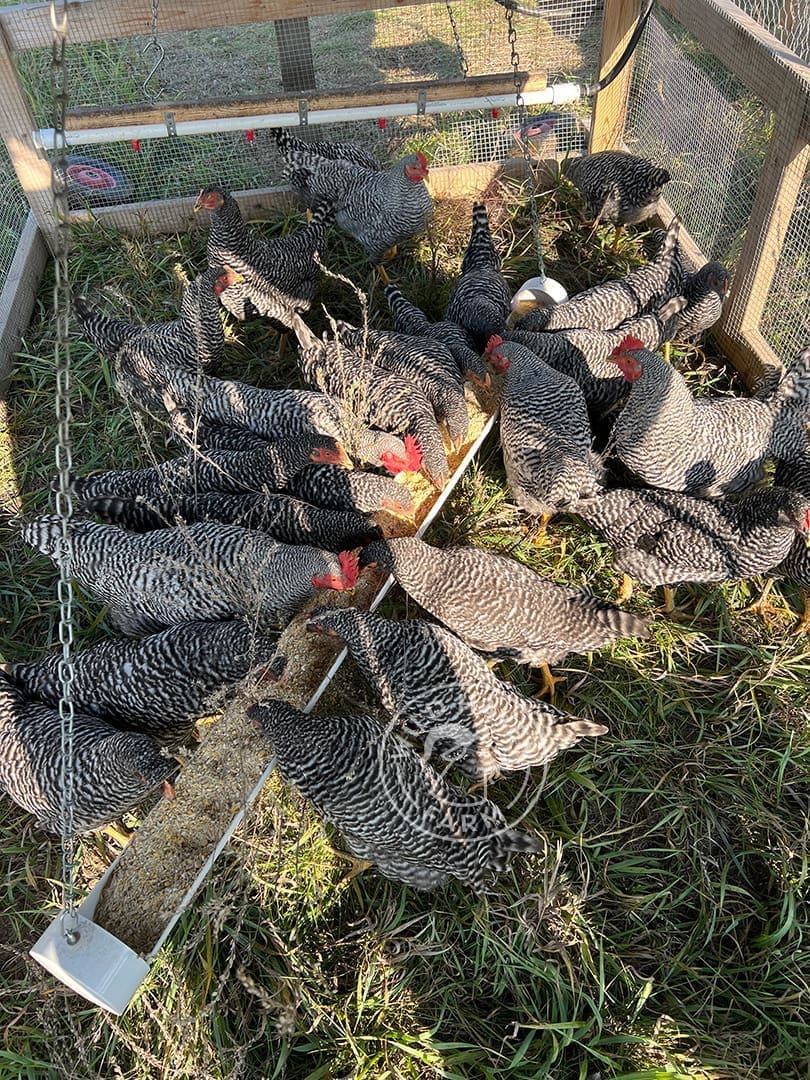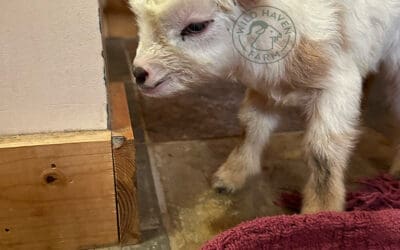It starts with Salmonella
After yet another salmonella outbreak in diced onions from Gills Onions. Gills happens to be the third largest producer of onions in the United States with over 800,000 lbs/day in their 100,000 sq. ft. Oxnard, CA facility. In a recent Washington Post article (by Marlene Cimons), Dean Blumberg, a chief of pediatric infectious diseases, is quoted as saying “Salmonella cases have exploded in the United States in recent years because of ‘the increased popularity of backyard chickens,’ .” This article isn’t about salmonella but the quote, which leaps from a producer of 800,000 lbs of processed onions per day to backyard chickens, is symptomatic of a problematic misconception.
And then Avian Flu
In USDA APHIS reports back to 2022 there have been 874 outbreaks as of the end of October 2023 with 59,736,352 birds. Let’s look at those numbers in relation to backyard flocks. In 2021 the USDA, in a document defining avian flu preparation, defined “backyard flock” as under 75,000 layers or less than 200,000 birds slaughtered in a week. This certainly fits with my perception of a backyard flock. I, personally, know at least a dozen friends in Minneapolis with 10s of thousands of birds in their backyard.
So, back to those outbreak numbers. There were 77 outbreaks in flocks of over 75,000 birds. This accounted for 50,605,700 birds. That means that there were 798 outbreaks below 75,000 with 9,130,652 birds. So statistically, yes, the majority of avian flu outbreaks are in “backyard flocks” yet large flocks accounted for 84% of the birds.
Let’s look at the numbers again using a 2004 definition from the USDA of a backyard flock which sets the size at under 1000. By this definition there were 490 outbreaks with 42,852 birds in backyard flocks. That would mean that backyard flocks accounted for about .0007% of the birds. This definition shifts the perception of the backyard flock’s role in avian flu from being the majority of cases to a statistically insignificant number of birds.
It’s worth noting at this point that I’m not proposing any conspiracy theories. Definitions change over time and as long as documents define their terms there is no confusion. So why does this matter? The terms matter greatly here because no one reads the source documents and their definitions of terms. Consumers and the public only hear that “backyard flocks” are a major source of avian flu.
What consumers should know
Salmonella is a real concern and all poultry can carry salmonella and other diseases. For this reason we encourage everyone to use common sense and practice basic food safety:
- When you handle live poultry to wash your hands immediately after.
- All poultry must be cooked to 165 degrees F.
- Wash your eggs before cooking.
At the farm, we handle live poultry everyday and are careful never to take safety for granted. Remember that organic certification is no substitute for food safety. Know where your food comes from and how it is produced. Buy from farmers who are transparent and don’t hesitate to visit their operations. Ask questions and learn how terms are defined. Intentional or not, it’s all too common to hear media coverage which makes fresh, small-farm food sound unsafe. This is not just unfair to the small producers but it is unfair to try to scare consumers away from fresh nutritious foods.




